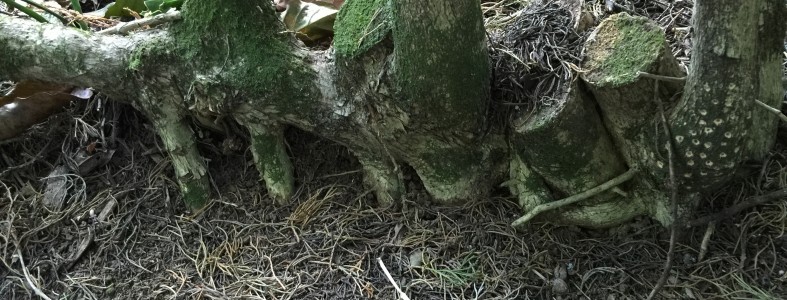
Apaneca, old friends and Finca Nejapa
The temperature drops and the colors change as you drive up to the Apaneca and Concepcion de Ataco region of El Salvador. It’s not a difficult drive, in fact it’s named the Ruta de Las Flores, and it’s about as harsh as the name. Sure, San Salvador may be the murder Capitol of the world but that status can seem like it’s part of a separate reality when you are here.
The highway is lined by artisan furniture vendors and other items you might wish you had a way to take with you. It’s a gentle and even touristy experience to visit this coffee region of El Salvador. The mosquitos seem to be in a better mood, flowers and coffee trees line the road, and schoolchildren walk and play like they are part of a storybook.
Though I am here in El Salvador for coffee, this is a day on which I had no appointments, but still headed for those lovely coffee hills. Like Antigua Guatemala, Ataco caters to both genuine coffee professionals and coffee tourists. There are also a few kitchens here that sling a mean Gallo en Chicha.
It was in the first restaurant that I entered that I heard a familiar voice. “Look what the cat drug in!” Sitting at a table a few feet away was Luis Rodriguez Ventura, who runs quality control for El Borbollon, and is a well respected farm owner and manager for a string of his families farms in the region. Seated with him were Steve Leighton of Has Bean in the UK and Joanna Alm of Drop Coffee in Sweden.
Sitting at the table with one old friend and two new ones was an honor, but an even bigger one was getting to tag along on their visit to Finca Nejapa, one of the Rodriguez family farms, and to Beneficio San Augustin where those coffees are processed.
The first, and still in my mind the most gorgeous examples of Agobio Para I have seen, have been on the Rodriguez’ farms. The technique of bending the trunk over, causes new vertical trees to grow along the bent trunk. Not every farm uses it, nor is it perfect for every environment, but for whatever reason, I think it’s incredibly cool, and as a rule have enjoyed the coffees coming from farms which use the technique.
Walking Finca Nejapa made me giddy, seeing so many lovely bourbon trees maintained in this gorgeous old fashioned way. This farm exuded a cool, fresh, lush and gentle energy. Under well developed shade, and clearly thriving under Luis’ expertise.
The days harvest of yellow and red bourbon was weighed and loaded onto the truck, we followed to the mill to see the initial process. Immediately apparent, was the difference between Luis’ coffees as they were loaded into the receiving tanks. Vibrant dark red contrasted with the more mottled appearance of the neighboring coffees. “You pick better than your neighbors,” commented Alm as see peered down at the coffees. He brushed off the comment, not a kind of person to boast. It’s hard work producing exceptional coffee. Not every farmer can do it.
Something these family farmers have invested in are long term, and well trained key staff, and a year round team that is only supplemented by pickers on a seasonal basis. You can see the extra effort in the condition of the farm, and you can taste it in the cup.
Finca Nejapa has two nurseries on site, which serve as support for other local farms by supplying young trees ready to plant, as well as a range of varieties for the every more curious consumers to enjoy in the future. But still it’s the bourbon from this farm that has always stood out regardless of how many other cool things are out there now!
I left the unexpected farm visit energized and refreshed. It was a cool and gentle oasis in a drought stricken year, and a standout example of balanced old-school and science based farming technique. Thank you Luis Rodriguez for letting me tag along. It was good to see an old friend, and admire his ongoing work.
No comments yet.